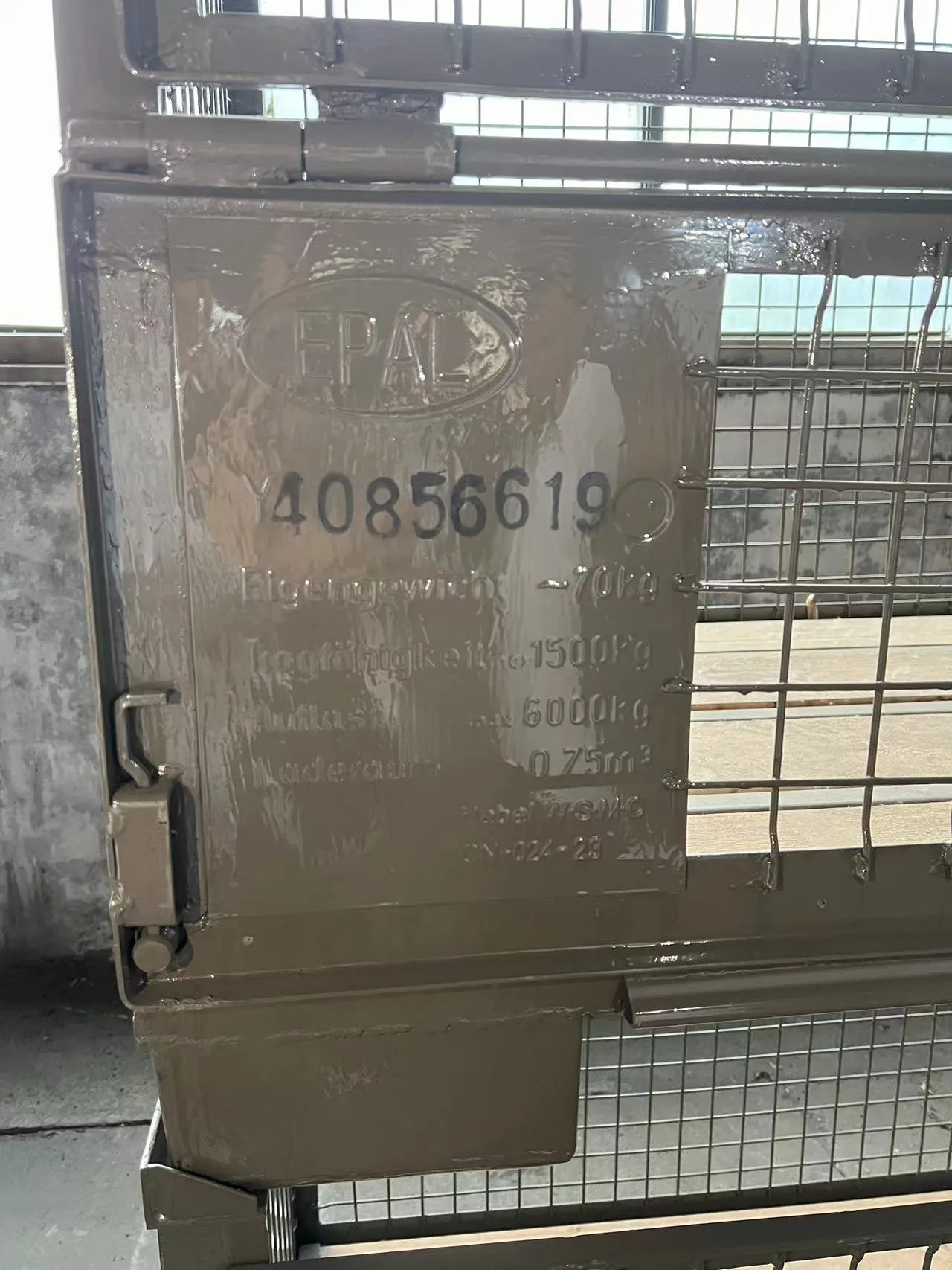modulating butterfly valve
The Role of Modulating Butterfly Valves in Modern Industrial Applications
In the ever-evolving landscape of industrial automation and control systems, modulating butterfly valves have emerged as essential components for managing fluid flow with precision and efficiency. This article delves into the unique characteristics of modulating butterfly valves, their operational principles, applications, and advantages, underscoring their significance in various sectors.
Understanding Modulating Butterfly Valves
A modulating butterfly valve is a type of valve that is used to regulate fluid flow in a pipeline. Unlike traditional on-off valves, which can only be fully opened or fully closed, modulating butterfly valves offer a variable opening, allowing for fine-tuned control over flow rates. This capability is derived from the valve's design, where a disc, mounted on a rotating shaft, pivots to adjust the size of the flow passage.
The key advantage of modulating butterfly valves lies in their ability to achieve precise control over flow characteristics, making them ideally suited for applications that require variable flow manipulation. The integration of various control systems facilitates automation, allowing these valves to respond dynamically to changing process conditions.
Operational Principles
The operation of a modulating butterfly valve involves a few core components the valve body, the disc, the actuator, and, in some cases, a positioner. The valve body houses the disc and provides connections to the pipeline. When the actuator rotates the disc, it alters the cross-sectional area available for fluid to pass through. The position of the disc is critical, as it directly correlates to the flow rate.
Control signals, typically originating from a centralized control system or a programmable logic controller (PLC), dictate the position of the actuator, which can be powered by electric, pneumatic, or hydraulic sources. This closed-loop control enables operators to modulate the flow based on real-time feedback from flow sensors and other monitoring devices in the system.
Applications in Various Industries
Modulating butterfly valves find extensive applications across multiple sectors, including
1. Water Treatment In municipal and industrial water treatment facilities, these valves help regulate the flow of water through filtration systems, chemical dosing lines, and distribution networks. Precise control is crucial for maintaining water quality and ensuring compliance with environmental regulations.
2. HVAC Systems Heating, ventilation, and air conditioning (HVAC) systems employ modulating butterfly valves to control airflow and temperature within buildings. By adjusting the flow of chilled or heated water through coils, these valves contribute to energy efficiency and occupant comfort.
modulating butterfly valve

3. Process Industries In chemical, petrochemical, and pharmaceutical processes, modulating butterfly valves are used to manage the flow of liquids and gases during manufacturing and mixing operations. This control is vital for maintaining product consistency and safety.
4. Power Generation Power plants utilize these valves for cooling water systems, steam flow regulation, and fuel handling, ensuring optimal performance and safety in generating electricity.
Advantages of Modulating Butterfly Valves
The use of modulating butterfly valves brings several benefits to industrial processes
- Compact Design Their streamlined design allows them to be integrated into space-constrained installations without compromising performance.
- Low Pressure Drop When partially opened, butterfly valves create minimal resistance to flow, leading to lower pressure drops compared to other valve types.
- Quick Operation The rotational motion of the disc enables rapid opening and closing, allowing for quick adjustments in flow.
- Durability Constructed from robust materials, modulating butterfly valves are engineered to withstand harsh environments and corrosive fluids, resulting in extended service life and reduced maintenance costs.
- Cost-Effectiveness Their simplicity in operation and maintenance, coupled with competitive pricing, makes modulating butterfly valves an economical choice for many industries.
Conclusion
As industries strive for greater control and efficiency in fluid management, modulating butterfly valves stand out as versatile and reliable solutions. Their ability to offer precise flow regulation, coupled with numerous operational advantages, makes them indispensable in various applications. Embracing the technological advancements in valve design and control systems, modulating butterfly valves will undoubtedly continue to play a pivotal role in optimizing industrial processes and ensuring sustainable operations in the years to come.
-
The Smarter Choice for Pedestrian AreasNewsJun.30,2025
-
The Gold Standard in Round Drain CoversNewsJun.30,2025
-
The Gold Standard in Manhole Cover SystemsNewsJun.30,2025
-
Superior Drainage Solutions with Premium Gully GratesNewsJun.30,2025
-
Superior Drainage Solutions for Global InfrastructureNewsJun.30,2025
-
Square Manhole Solutions for Modern InfrastructureNewsJun.30,2025
-
Premium Manhole Covers for Modern InfrastructureNewsJun.30,2025
